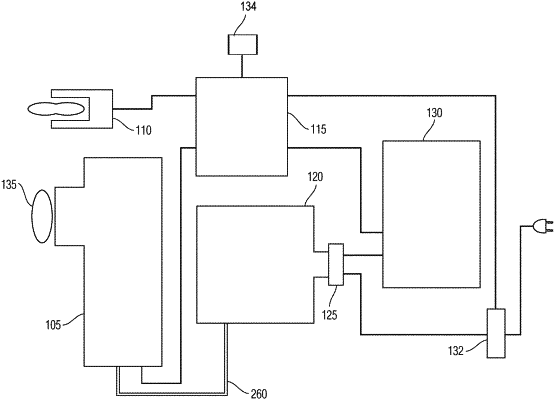| CPC G01J 3/4412 (2013.01) [G01J 3/021 (2013.01); G01J 3/0202 (2013.01); G01J 3/0218 (2013.01); G01J 3/0275 (2013.01); G01J 3/06 (2013.01); G01N 21/65 (2013.01); G01N 33/492 (2013.01); G01J 2003/062 (2013.01); G01J 2003/064 (2013.01)] | 19 Claims |

|
1. A probe for non-invasively interrogating an in vivo sample for measurement of analytes comprising:
a laser generator for outputting a laser radiation having a wavelength, power and diameter;
a scanning mirror positioned to receive the laser radiation; and
a mechanical driver coupled to the scanning mirror and adapted to move the scanning mirror such that the scanning mirror moves a focal spot of the laser radiation over an area of the sample over time, thus providing a reduction in average radiation intensity at any given point on or in the sample;
collection optics, positioned to track the focal point of the laser on the sample, and to receive Raman signals and Rayleigh scattered laser radiation elicited by impact of the laser radiation at the focal spot on the sample, and emanating therefrom, via the same scanning mirror;
a window bearing a central mirror positioned between the laser generator and scanning mirror, the central mirror positioned to redirect laser radiation transmitted from the laser generator along a first optical path to the scanning mirror, and the window allowing Raman signals and Rayleigh scattered laser radiation to pass along a second optical path toward a detector; and
a long-pass filter designed to block at least 99.999 percent of the Rayleigh-scattered radiation at the wavelength of the laser radiation and to pass the Raman signals along the second optical path;
wherein the Raman signals that emanate from the sample contain data from which the analytes in the same can be determined.
|